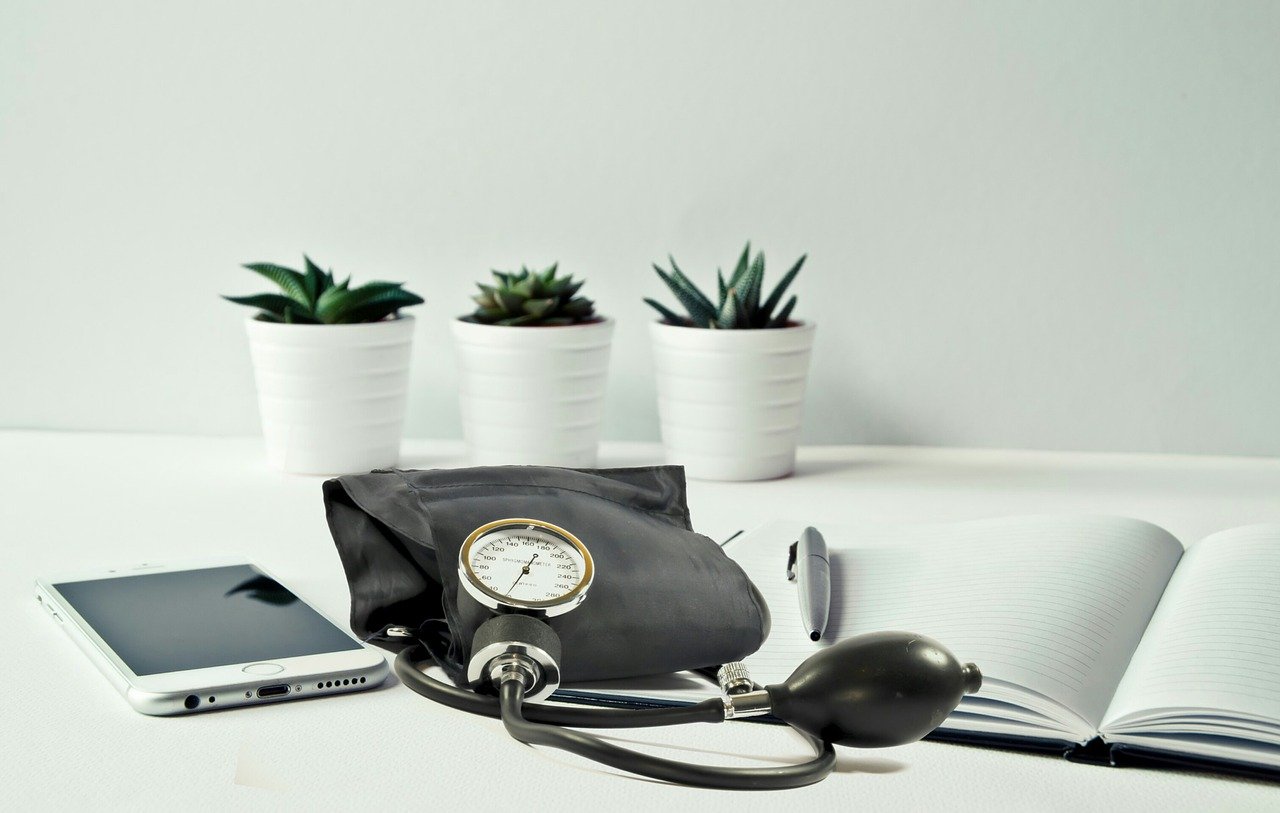How to Avoid Varicose Veins during Pregnancy
Everyone who has carried a bulge in their tummy knows the health hazards associated with bringing forth a life into this world. The euphoria of having a piece of themselves in their lives may or may not last forever, but thankfully the varicose veins in pregnancy vanish as quickly as it has come but right after giving birth.
What are varicose veins?
Varicose veins are rather large and swollen blood vessels that can be painful. They can be found anywhere in the body but are mostly on the lower half of the body, especially the legs and the feet.
One of the main causes of the condition is that the veins’ valves that carry the re-circulated blood back to the heart are either weak or damaged or inefficient. All the blood that has to work its way up against the strong force of gravity pools up in the veins, often presenting like bruises along the feet or long jutting out nerves that are purplish or dark reddish-blue.
Varicose veins during pregnancy are common:
Apart from the fact that varicose vein affects about 50 percent of pregnant women around the world. They can look alarmingly bad and may or may not be accompanied by acute pain. The best consolation is that most of the time, about 98 percent of varicose veins will disappear right after delivery, and the bulges will settle down just like they were during the pre-pregnancy phase.
Is there a time frame when it appears during pregnancy?
There is no time frame for the appearance of varicose veins. The condition develops anytime during pregnancy. The veins get big and more pronounced as the pregnancy term advances.
- The body starts producing extra blood, which is essential to support the growing fetus. But the extra blood also puts extra pressure on the blood vessels because they have to carry the extra blood back to the heart now, but they have to do it against the powerful force of gravity.
- The weight that is gained during pregnancy is also not helping much.
- The growing uterus even starts building a lot of pressure on the blood vessels in the pelvis and the legs.
- The excess production of progesterone that the body makes during this time also adds to the condition’s development.
Here is what you can do to minimize its effect during pregnancy:
Of course, there are a lot of things that you can do to offset the pain and the discomfort of varicose veins if they set in during pregnancy. The tips and tricks are tried and tested. They have proved to be effective in a lot of pregnant women.
Not everyone gets varicose veins during their pregnancy, but if they do happen, there is a lot that you can do to manage it and make sure that they do not blow out of proportion.
1. The blood in the body needs to keep flowing:
It is paramount that you do not continue sitting with legs down or standing for too long if you have varicose veins during pregnancy. The best thing for you to do is to keep your legs elevated from the ground while you are sitting or sleeping.
If you have to keep standing, make sure to raise one foot on a low footstool and alternate between the legs. Make some movement continuously. Like flex your ankles and keep changing your sitting position in some time. Movement of any form is going to be extremely beneficial.
2. Your best bet is exercising:
Resist sitting around for too long. Get up and get going for walks and some other low-key form of exercises that will benefit your circulatory system. Walk as much as you can, even if slowly. Use the pool. Research has confirmed that movements inside water are beneficial in fighting the condition.
3. No too tight clothes:
We are only talking about comfort here. Pack away tight clothes that will bid around the top of your legs. Sacrifice sleek clothing for the time being, even if they fit you despite your growing size. Keep the tight belts, socks, and tight elastic tops and jeans out of sight, albeit temporarily. No too-tight shoes and heels too.
4. Adopt compression socks and stockings:
If there is one kind of tight that can be beneficial during pregnancy coupled with painful and discomforting varicose vein is compression stockings. They put the right kind of pressure in the veins in the legs helping blood circulation. If stockings are not very comfortable during this period go in for the compression socks. Compression therapy helps in counteracting the pressure from the belly and also helps the veins.
Women who have tried the compression therapy say that it helps them alleviate the pain and the suffering even if temporarily. They may not look great exactly, but they do a world of good to your vein in the legs.
5. Watching the scales:
It is a great idea to keep the weight gain down and regularly talk to your practitioner on what you should do to counter putting on excess weight. The reason is that any extra weight is only going to add more pressure to an already hardworking circulatory system.
6. Take care while sleeping:
Remember to sleep on the left side. This reduces the pressure on the vital blood vessels and helps the circulatory system cope with all the extra weight and pressure.
7. Relax – do not overdo anything:
Make sure that you do not lift anything too heavy or strain yourself while relieving yourself. You must relax mentally as well as physically and leave all the heavy-duty works until you give birth. Things can wait. So relax.
8. Multivitamins are essential; don’t forget them:
A healthy and balanced diet will keep the veins healthy and ensure that your pregnancy is a fun period. The diet should include greens, vegetables, fruits with abundant Vitamin C, A, and E that the body uses to produce collagen and elastin that help repair worn out tissues and maintain blood vessels.
Do varicose veins continue after the pregnancy is over?
The answer is no and gratefully the ugly looking, and the painful veins will either shrink down or disappear a few weeks after the pregnancy is over. But you can expect them to come back again in case you are expecting again. Varicose veins during pregnancy are a genetic trait, and therefore a majority of women who experience it are genetically predisposed to having it.
Is a doctor’s visit imminent?
Doctors would like to know about your condition as soon as you notice them. There is a small risk associated with the formation of Deep Vein Thrombosis or DVT, which are blood clots in the body. In case the condition does not subside even months into the birthing, you could consider surgically removing them. But be patient around them because they may take a little longer to go in some people.
Bottom line:
Being active throughout your pregnancy will hold you in good stead through it as also after it. Therefore make sure that you combine a lot of slow aerobic exercises with a little yoga and meditation. Want to know how you can combine them both? Book an appointment with us now.





